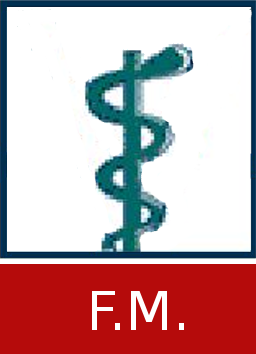Thesis, COLLÉGIALITÉ
Oskera, Léa 
Promoteur(s) :
Laguesse, Sophie 
Date de soutenance : 4-jui-2023 • URL permanente : http://hdl.handle.net/2268.2/17673
Détails
| Titre : | Thesis, COLLÉGIALITÉ |
| Auteur : | Oskera, Léa 
|
| Date de soutenance : | 4-jui-2023 |
| Promoteur(s) : | Laguesse, Sophie 
|
| Membre(s) du jury : | Cornil, Charlotte 
Engel, Dominique 
Pinto, Emmanuel 
|
| Langue : | Anglais |
| Nombre de pages : | 50 |
| Mots-clés : | [en] Alcohol, prefrontal cortex, projection neurons, synaptic plasticity |
| Discipline(s) : | Sciences de la santé humaine > Neurologie |
| Centre(s) de recherche : | Laboratory of Molecular Regulation of Neurogenesis, GIGA Stem Cells |
| Intitulé du projet de recherche : | Unveiling the consequences of adolescent alcohol binge-drinking on prefrontal cortex projection neurons |
| Public cible : | Chercheurs Professionnels du domaine Etudiants Grand public Autre |
| Institution(s) : | Université de Liège, Liège, Belgique |
| Diplôme : | Master en sciences biomédicales, à finalité approfondie |
| Faculté : | Mémoires de la Faculté de Médecine |
Résumé
[en] Alcohol use disorder is characterized by an uncontrolled and chronic heavy alcohol consumption. Despite the major health problem worldwide that constitutes alcohol use disorder, there is a great need for efficient and personalized treatments. Nowadays, it is commonly accepted that alcohol exposure during adolescence plays a key role in the development of alcohol addiction throughout life. Indeed, deleterious consequences of alcohol at this age are huge, as adolescence constitutes one of the most critical and dynamic developmental periods in terms of brain architecture and maturation. Specifically, the brain fine tunes until the age of 25, with the prefrontal cortex (PFC) being the last region to be mature in the brain. Importantly, the prefrontal cortex is responsible for executive functions and is the main actor for displaying proper behaviours and impulse control, and it is believed that adolescent alcohol exposure may interfere with the maturation of frontal brain regions. Recently, it has been shown that adolescent alcohol exposure (AAE) induces delayed appearance of behavioural impairments which all involve the PFC in adulthood. We thus hypothesise that AAE disturbs PFC maturation. My master thesis project aims at unveiling how adolescent binge-drinking leads to prefrontal cortex malfunction by focusing on projection neurons (PN) in late adolescence (P43) and adulthood (P80) via two distinct approaches: (i) structural defects analysis to decipher whether dendrites and spines complexity and morphology are modified by AAE in prelimbic layer V PN, and (ii) a global approach to identify the pool of mRNAs whose translation is modulated by AAE in prefrontal cortex projection neurons. We used a mouse model of voluntary adolescent alcohol exposure (AAE) and revealed that AAE increases the short-term abundance of mature mushroom-type spines in projection neurons. However, those morphological alterations were not detected anymore in adulthood. We also report that the transition from late adolescence to adulthood is characterized by spines elimination and morphological changes in prelimbic layer V projection neurons, a phenomenon that reflects the synaptic pruning occurring during PFC maturation and may be affected by AAE. Finally, ribosome tagging led to the identification of several ribosome-bound mRNA candidates whose expression was dysregulated in projection neurons following AAE in adolescent or adult mice, and which may be involved in the mechanisms underlying aberrant synaptic plasticity in alcohol addiction. Altogether, our data suggest that AAE may interfere with PFC maturation during adolescence by disturbing the morphology and/or the translatome of layer V PFC projection neurons.
Fichier(s)
Document(s)

 Master thesis - Léa Oskera.pdf
Master thesis - Léa Oskera.pdf
Description:
Taille: 3.61 MB
Format: Adobe PDF
Citer ce mémoire
L'Université de Liège ne garantit pas la qualité scientifique de ces travaux d'étudiants ni l'exactitude de l'ensemble des informations qu'ils contiennent.


 Master Thesis Online
Master Thesis Online




